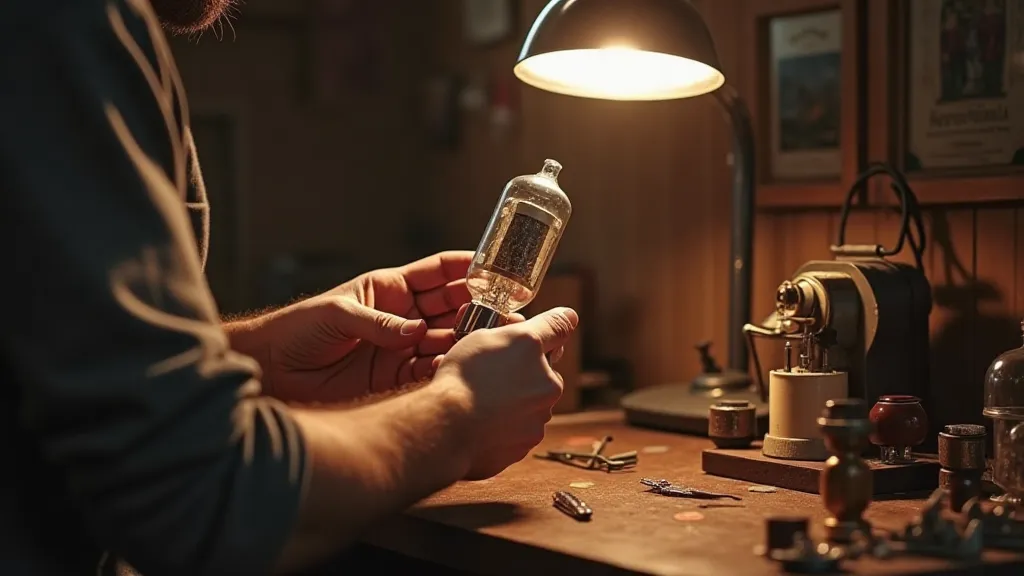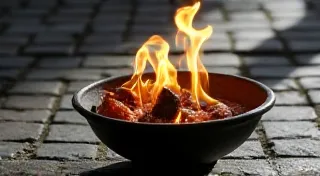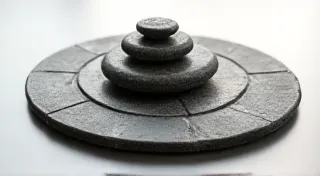The Alchemist's Forge: Transmuting Faulty Tubes into Stories of Resilience
There’s a peculiar magic in the workshop of an antique radio restorer. It's not a flashy, showy magic, but something quieter, more deliberate – the quiet hum of understanding, the gentle precision of a craftsman breathing new life into forgotten technology. At the heart of this magic lies the vacuum tube tester, a device that seems almost as arcane as the radios it serves. To truly appreciate these tools and the tubes they scrutinize, we need to understand their place not just in the technical history of radio, but in the human story of invention and perseverance.
A Glimpse into the Golden Age
Imagine a world before transistors. Radio was a novelty, a marvel of engineering. Families gathered around crackling speakers, listening to distant voices and music carried on invisible waves. At the core of this experience were vacuum tubes: delicate glass vessels containing a vacuum, filaments, and cathodes, all working in harmony to amplify weak signals. Each tube was, and remains, a tiny work of art; a testament to the ingenuity of engineers striving to capture the human voice and broadcast it across vast distances. The early 1920s saw the birth of commercial radio broadcasting, and with it, a burgeoning demand for reliable equipment. This spurred the creation of specialized tools, and the tube tester emerged as an essential diagnostic instrument.
My own fascination began with a Philco 48, a beautifully Art Deco radio rescued from a dusty attic. It was a project meant to be a straightforward restoration, but quickly devolved into a troubleshooting odyssey. The sound was weak, distorted, and intermittent. Replacing capacitors and resistors proved fruitless. It was then, poring over schematics and online forums, that I encountered the concept of tube testing – and the potential for a deeper understanding of the radio’s ailing condition. It felt akin to a detective story; each faulty tube a clue to the puzzle.
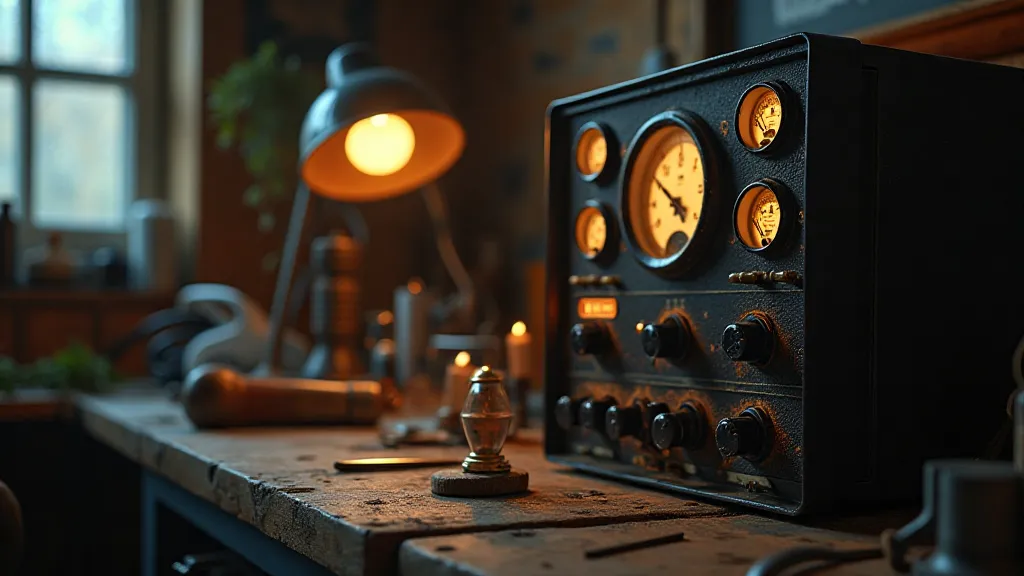
The Anatomy of a Test: More Than Just Numbers
The modern tube tester is often a complex beast, a labyrinth of resistors, capacitors, and meters designed to analyze a multitude of parameters: emission, plate resistance, grid leak, amplification factor, and more. Early testers, however, were simpler affairs – often relying on a series of voltage drops and visual inspection. Even now, a seasoned restorer can often discern a problem simply by observing the tube's glow – a dullness, a flicker, or an unusual color can be indicative of internal defects.
But the act of testing isn't simply about obtaining numerical values. It’s about understanding what those numbers *mean*. A tube that "passes" a standard test can still be the source of subtle problems, while a tube that fails may simply be exhibiting age-related degradation, not catastrophic failure. A failing tube, even a "dead" one, can offer valuable insights. Perhaps it reveals the radio’s voltage regulation isn't functioning correctly. Or it may indicate a leaky capacitor somewhere in the circuit. The failed tube is a messenger, pointing the restorer towards the root cause of the problem.
The Echoes of History Within the Glass
Consider the tubes themselves. Each one is a small time capsule, bearing the markings of its manufacturer – RCA, Sylvania, Tung-Sol – names that evoke a bygone era of industrial craftsmanship. The markings on the tubes, the type numbers, the date codes – these are tiny inscriptions of history. They speak of the factories where they were produced, the engineers who designed them, and the radio sets they once powered.
I’m particularly fond of early RCA tubes, with their distinctive ‘winged’ logo. Holding one in my hand, I can almost imagine the assembly line where it was manufactured, the skilled workers meticulously attaching the base and the getter. These weren't mass-produced commodities; they were crafted objects, built to last.
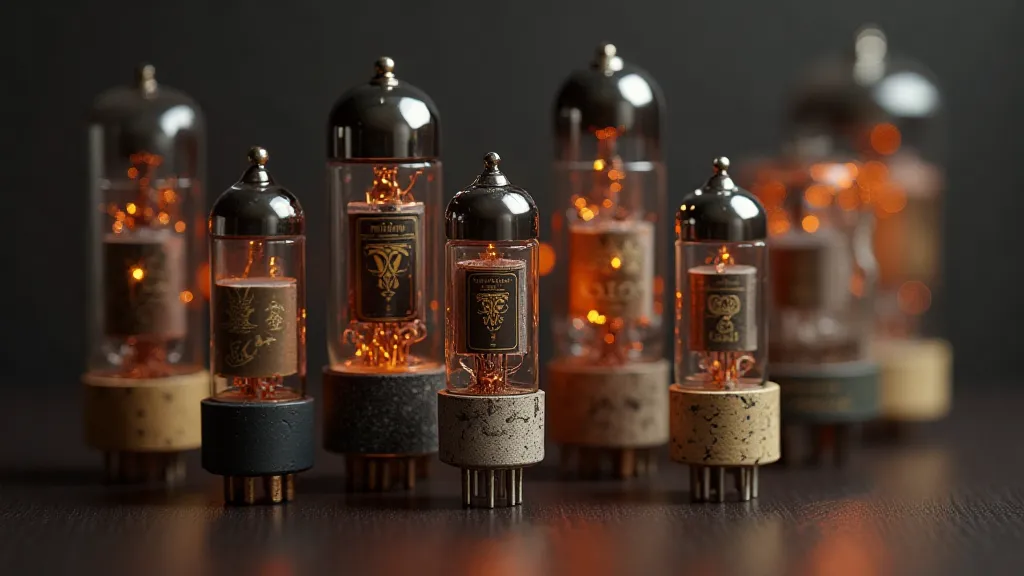
Beyond Repair: Appreciating the Story
Sometimes, a tube is simply beyond repair. The internal structure may be damaged, the getter compromised, or the filament burnt out. In these cases, the impulse is often to discard the tube, to consider it "waste." But I’m increasingly hesitant to do so. Even a "dead" tube holds value – as a historical artifact, a reminder of a different era, a piece of a larger story.
I’m starting a small collection of particularly interesting "dead" tubes – tubes with unusual markings, tubes that were part of particularly challenging restorations, tubes that simply evoke a sense of wonder. They sit on a shelf in my workshop, a silent reminder of the countless hours spent diagnosing and repairing antique radios. They serve as a tangible link to the past, a visual representation of the enduring spirit of innovation.
The Alchemist’s Transformation
The antique radio restorer, equipped with a vacuum tube tester, is, in a sense, an alchemist. Not transforming lead into gold, but transforming seemingly "dead" technology into stories of resilience, ingenuity, and human connection. We breathe new life into forgotten machines, preserving a piece of history for future generations. And in the process, we learn to appreciate the beauty of craftsmanship, the power of perseverance, and the magic that lies within those fragile glass vessels – the antique radio vacuum tubes.
